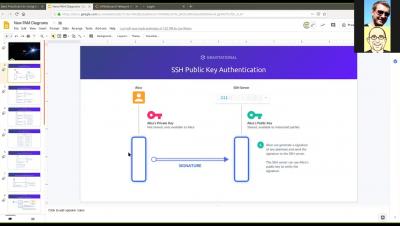Thousands of NHS computers are still running Windows XP from beyond the grave
Two years after the WannaCry ransomware outbreak shone a light on the computer security of the UK’s National Health Service, and five years after Microsoft said it would no longer release patches for Windows XP, the NHS still has 2300 PCs running the outdated operating system. The worrying statistic came to light in the response to a parliamentary question asked by shadow minister Jo Platt MP. The fact that 2,300 NHS computers are still running Windows XP is, obviously, not great news.









